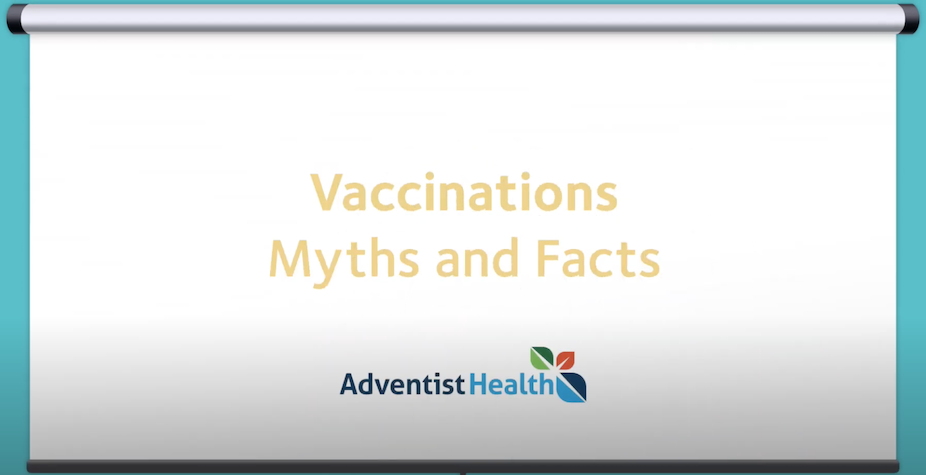A back-to-school conversation
Sep 11, 2019

As your teen prepares to go back to school, you might want to have a talk with them about vaping.
Vaping refers to smoking electronic cigarettes, or e-cigs. Vaping is sometimes also called “JUULing,” named after JUUL, the most popular e-cigarette product.
According to the latest statistics, more than 20 percent of teens vape. A full 5% of middle school students say they’ve used an e-cig in the last 30 days.
“The trend is really concerning,” says Sarah Winslow, MD, a family practice doctor at Adventist Health Porltand’s Fishers Landing primary care office. “These products are available everywhere — convenience stores, gas stations, even online where there are few checks on underage customers. Even though teens rarely admit they’re vaping, the statistics say many are.”
What are e-cigarettes?
E-cigs are battery-operated devices that people can fill with liquid — usually a flavored liquid. The liquid also contains other chemicals and often a hefty amount of nicotine. The device heats the liquid and turns it into a vapor, which the user inhales.
E-cigs sometimes look like cigarettes. They can also look like cigars or pipes. But the most popular — the JUUL—resembles a computer flash drive.
“Supposedly, vaping helps smokers quit their habit,” explains Dr. Winslow. “But with fun flavors like min and mango and devices that mimic USB drives, there seems to be a marketing target placed on kids.”
The result is that a product originally marketed as a healthier alternative to tobacco has become something that increases nicotine dependence among young people. Vaping has also been linked to severe lung illness and death, including arecent death in Oregon.
Health risks of vaping
E-cigs haven’t been around long enough to thoroughly assess their health effects. But there are some things we do know:
- E-cigs contain some of the same chemicals as traditional cigarettes. In addition to nicotine, other chemicals found in e-cigs include formaldehyde, acrolein and acetaldehyde. These chemicals can cause irreversible lung damage. Plus, the chemicals that serve as flavorings — diacetyl and acetoin — can both be harmful to the lungs.
- Nicotine itself is a highly addictive drug. It affects the brain’s reward system, so continued use can lead to long-term addiction. It also can make other drugs like cocaine and methamphetamine more pleasurable to a teenage brain, putting e-cig users at risk for addiction to other drugs.
- Nicotine affects the parts of the brain that control attention and learning.
- The liquid used in e-cigs also can be dangerous. People, including children, have been poisoned by swallowing, inhaling or absorbing the liquid through the skin or eyes.
A gateway to smoking
E-cigs also seem to be creating a new market for traditional cigarettes.
One study found that students who had used e-cigarettes by the time they started ninth grade were more likely than other kids to have started smoking cigarettes within the next year. A second study supported these findings, showing that high school students who vaped in the previous month were seven times more likely to report smoking cigarettes about six months later.
Some health experts are very worried that e-cigarettes are undoing five decades of work to lessen the number of people who smoke regular cigarettes. “Even worse, e-cigs are easy to hide,” Dr. Winslow adds. “Some kids are even sneaking them into class.”
Dr. Ponzio agrees. “And these e-cig devices are really easy to hide,” she adds. “Kids can smoke them right there in class without being noticed.”
What would Dr. Winslow say to a teen patient who acknowledged vaping?
“I would say this isn’t a habit you want to start. It’s dangerous,” she says. “Vaping is addictive and can lead to smoking, so quit now. And I absolutely will help you.”
Another back-to-school discussion to have
For many kids, returning to school means coming back into contact with their bully. Here arefive ways to deal with bullying.


